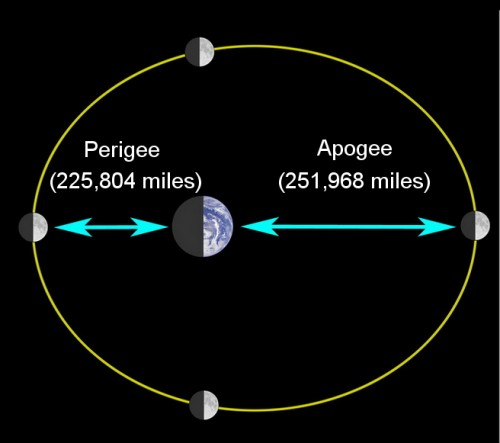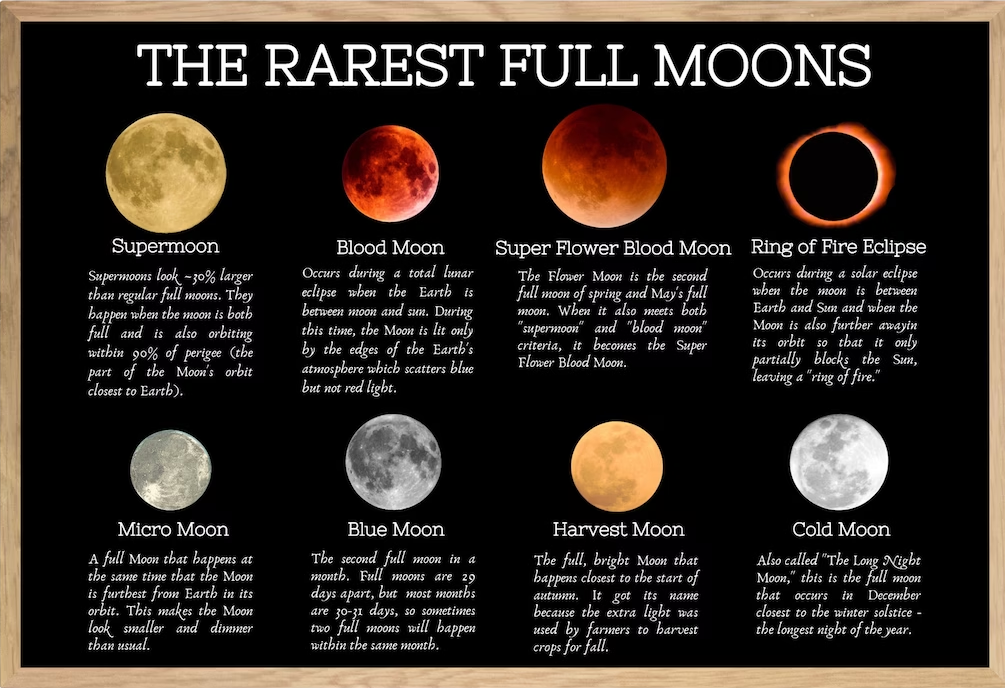Important Facts For Prelims
Super Blue Moon
- 01 Sep 2023
- 2 min read
Why in News?
On August 30, 2023, the night sky was illuminated by a rare phenomenon: a super blue moon. However, despite its name, this full moon was neither blue in colour nor super in size.
- The last blue supermoon was in 2009, according to the National Aeronautics and Space Administration (NASA), and the next is not expected until 2037.
What is a Super Blue Moon?
- A super blue moon combines a supermoon and a blue moon.
- A supermoon occurs when the moon aligns closely with Earth during its orbit, making it appear larger and brighter.
- This alignment, called perigee, contrasts with apogee, when the moon is farthest in its elliptical orbit around earth. While the difference is subtle, near the horizon, an optical illusion can make it seem larger.
- The term "supermoon" was coined in 1979 by astrologer Richard Nolle.
- A blue moon is the second full moon in a month. Despite its name, a blue moon isn't blue; it's the traditional name for the second full moon in a month.
- Sometimes, smoke or dust in the air can scatter red wavelengths of light, as a result of which the moon may, in certain places, appear more blue than usual, but this has nothing to do with the name “blue” moon.
- Effect:
- The moon's gravitational pull during a supermoon slightly affects tides, causing minor fluctuations in coastal high and low tides. However, the difference is usually not significant enough to cause major disruptions.
Related Reading: Total Lunar Eclipse






